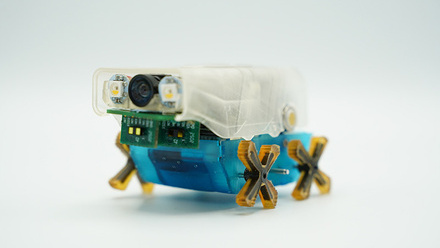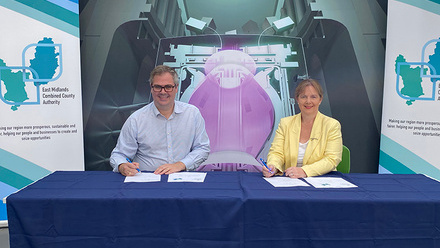Getting women into welding
Training as a welder can open up opportunities in a diverse range of sectors from construction and manufacturing to aerospace and petrochemical industries. But despite there being a demand for welding skills, women remain underrepresented in the profession.
There is currently a shortage of welders in Britain and the Migratory Advisory Committee states that 13% of welders in Britain come from the European Economic Area. This is likely to impact the country’s ambitions to build more infrastructure such as more roads and railways in coming years.
This shortage arguably makes attracting more women into the profession even more important. It is expected that by 2030 30% of core STEM roles will be filled by women.
WISE (Women in Science and Engineering) has put together a 10 step initiative to help recruit and retain women in STEM roles. Recommendations include taking making jobs more attractive by offering flexible working and sponsoring female talent to the same extent as male talent.
Educational outreach can also help. As part of The Welding Institute’s education outreach work, they have put together a series of learning activities and programmes that start at primary school and go all the way to postgraduate level. These include work experience placements, science fairs and hands-on workshops. This is also true for other PEI’s such as IOM3.
Existing female welders can also play an important part in acting as role models when attracting more youngsters to the profession.
Personal experience
Megan Clough, who is doing a welding apprenticeship at Riverside College in Widnes, shared her experience. ‘At first I didn’t know what to expect…I am the first female to work on their shop floor in over 30 years!
‘I felt great pressure to show it was worthwhile giving me the apprenticeship' she says. The apprenticeship has given Clough the chance to learn welding skills including following instructions from drawings and calculating dimensions.
She has also learnt to operate several types of machinery and she has grown confident in her abilities. But it hasn’t been plain sailing.
‘The trust was hard to begin with. I was constantly unable to do certain things. Now, I can be asked to do something I’ve never done before and be trusted to get on with it independently. I get a huge amount of satisfaction when I see the end result of a product I have personally hand made with no assistance.’
Clough is is also optimistic about the future for women in welding: ‘There is so much support for girls who are involved in this industry. There’s a big push for equality and diversity in the workplace, so it’s important for girls to realise they can live in a man’s world and do the exact same things men can do and even do them better!’
Want to weld?
Training to become a welder typically involves doing an apprenticeship, although there are other routes into the profession, including completing a full-time training course.
You can find information about welding courses via Westermans and the City of Guilds.







